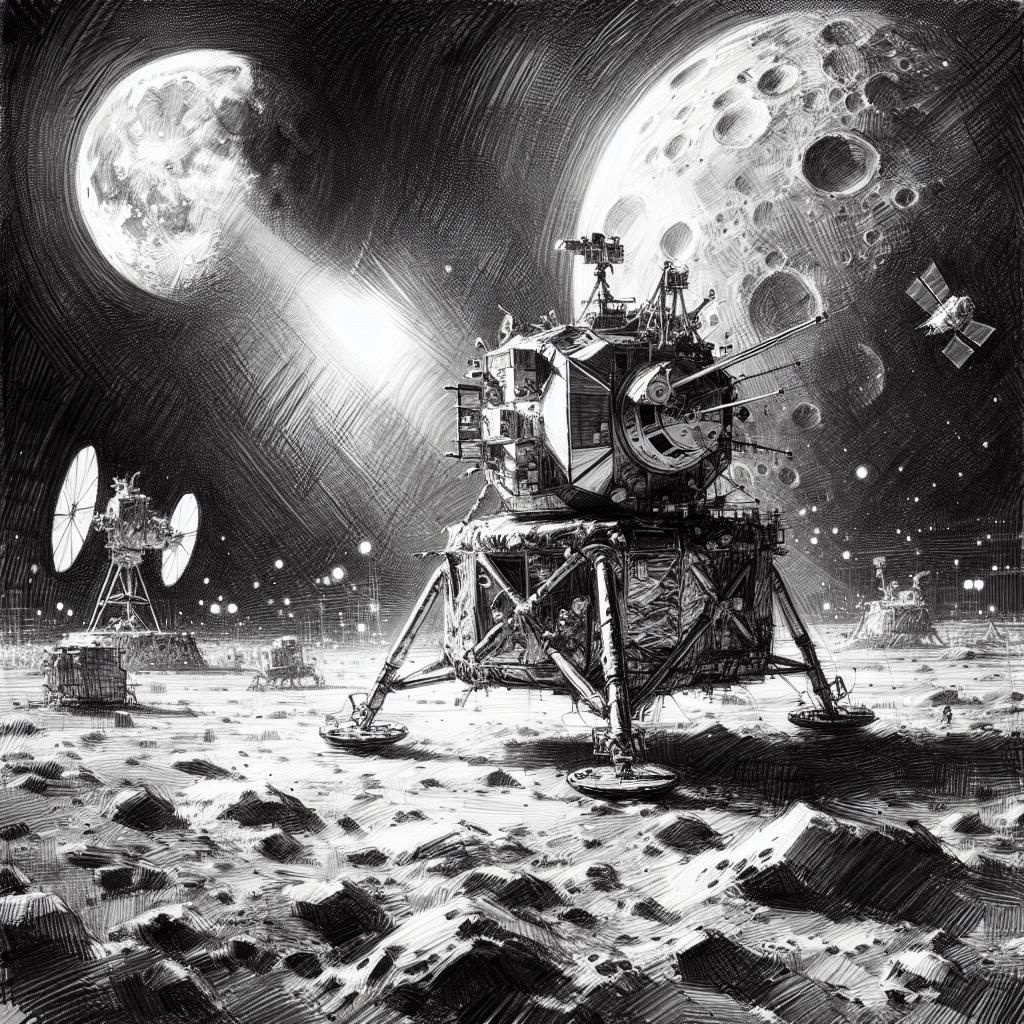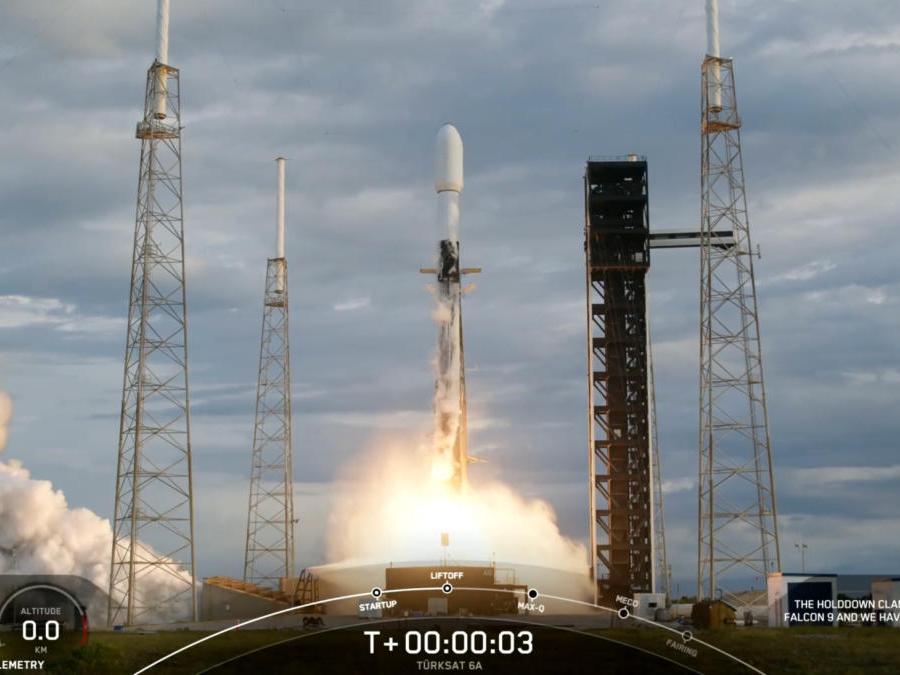In a historic achievement for China’s lunar exploration, the Chang’e-6 spacecraft has successfully touched down on the far side of the Moon, a feat not accomplished by any other nation. Launched on May 3, the spacecraft landed in the South Pole-Aitken Basin, a geologically significant impact crater, and is set to spend 53 days conducting experiments and collecting samples. This mission is the first to bring back samples from the Moon’s far side, which has remained largely unexplored compared to the near side and aims to deepen our understanding of the Moon’s 4.5 billion-year history and the solar system’s formation while searching for water particles and studying the differences between the Moon’s two hemispheres using an autonomous visual obstacle avoidance system for landing and collecting up to 2kg of material to be returned to Earth in June with an expected landing on June 25.The Chang’e-6 mission carries international payloads, including scientific instruments from France, Italy, and the European Space Agency, and a small Pakistani satellite. China’s lunar program has seen rapid advancements and is part of the country’s broader space ambitions, which include establishing a permanent research station on the Moon by 2030 and sending a manned mission there by the same year. The US is also planning to land astronauts on the Moon again for the first time in over 50 years as part of its Artemis program, with a potential landing in 2026 or later. The successful landing of Chang’e-6 highlights the growing space rivalry between China and the US, as both nations push forward with their lunar exploration goals.
Key points
- China’s Chang’e-6 spacecraft has successfully landed on the far side of the Moon, a first in lunar exploration.
- The mission will collect up to 2kg of lunar samples to provide insights into the Moon’s formation and the history of the solar system.
- Chang’e-6 carries international scientific instruments, emphasizing global cooperation in space research.
- China and the US are advancing their space programs, with plans for future manned lunar missions and a permanent lunar station.



